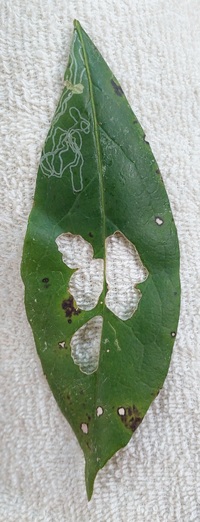
| Recorded by: Mark Basinger, Steve Hall, and Gary Perlmutter on 2025-11-07
Richmond Co.
Comment: | 
| Recorded by: Jim Petranka and Becky Elkin on 2025-11-01
Craven Co.
Comment: |

| Recorded by: Jim Petranka and Marilyn Westphal on 2025-08-18
Henderson Co.
Comment: Unoccupied mine was in Symplocos. | 
| Recorded by: Jim Petranka and Marilyn Westphal on 2025-08-18
Henderson Co.
Comment: Unoccupied mine was in Symplocos. |
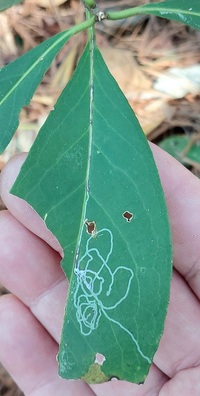
| Recorded by: Mark Basinger on 2025-02-04
Martin Co.
Comment: | 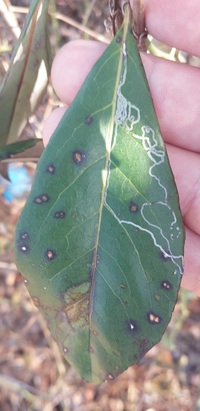
| Recorded by: Mark Basinger on 2025-01-30
Pitt Co.
Comment: |

| Recorded by: Mark Basinger on 2024-12-30
Beaufort Co.
Comment: | 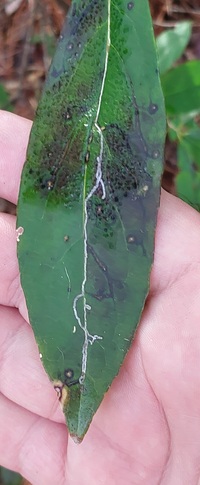
| Recorded by: Mark Basinger on 2024-12-30
Hyde Co.
Comment: |
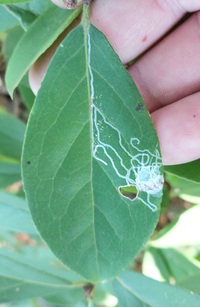
| Recorded by: Mark Basinger on 2024-12-08
Brunswick Co.
Comment: | 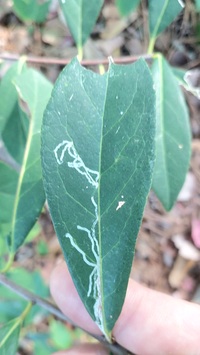
| Recorded by: Mark Basinger on 2024-12-08
Duplin Co.
Comment: |
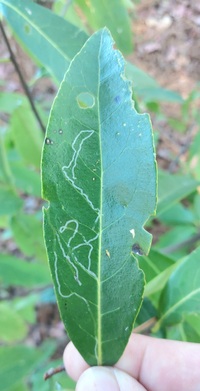
| Recorded by: Mark Basinger on 2024-12-08
Pender Co.
Comment: | 
| Recorded by: Mark Basinger on 2024-12-08
Sampson Co.
Comment: |

| Recorded by: Mark Basinger on 2024-12-01
Johnston Co.
Comment: | 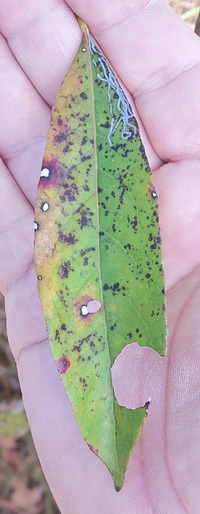
| Recorded by: Mark Basinger on 2024-11-29
Greene Co.
Comment: |
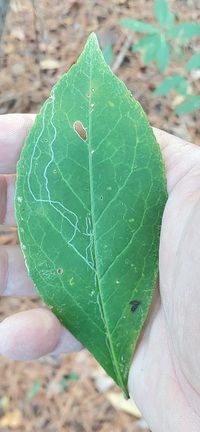
| Recorded by: Mark Basinger on 2024-11-29
Pitt Co.
Comment: | 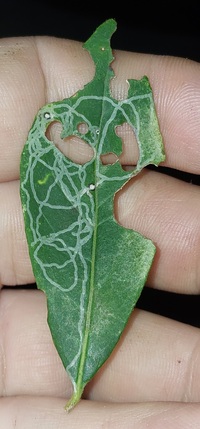
| Recorded by: Mark Basinger on 2024-11-28
Wilson Co.
Comment: |
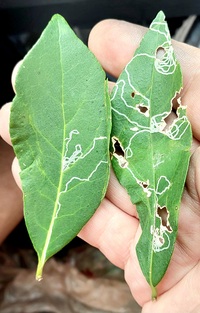
| Recorded by: Mark Basinger on 2024-11-03
Columbus Co.
Comment: | 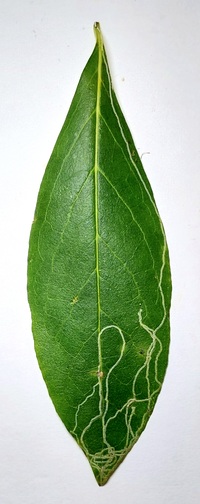
| Recorded by: Mark Basinger on 2024-10-31
Carteret Co.
Comment: |
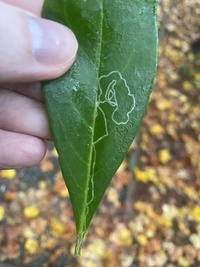
| Recorded by: David George on 2024-10-27
Craven Co.
Comment: | 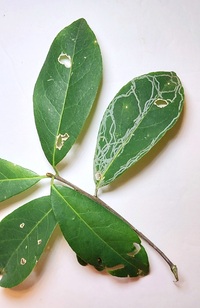
| Recorded by: Mark Basinger on 2024-10-19
Brunswick Co.
Comment: Symplocos tinctoria was host plant. |
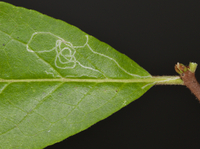
| Recorded by: Jim Petranka and Becky Elkin on 2022-10-21
Rutherford Co.
Comment: | 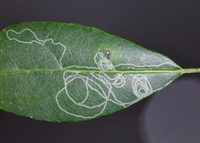
| Recorded by: Jim Petranka, Becky Elkin, Steve Hall, Todd Pusser, Bo Sullivan and Carol Tingley on 2022-09-27
Richmond Co.
Comment: On Horse Sugar and probably an undescribed species. |
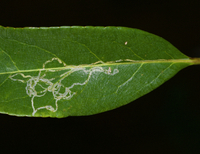
| Recorded by: Jim Petranka and Becky Elkin on 2022-03-16
Brunswick Co.
Comment: An unoccupied mine on Symplocos tinctoria. | 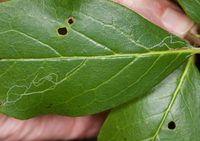
| Recorded by: Jim Petranka and Becky Elkin on 2021-10-11
Burke Co.
Comment: An unknown Marmara that feeds on Symplocos tinctoria. The mine eventually extends down the petiole. |
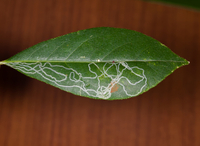
| Recorded by: Jim Petranka and Becky Elkin on 2021-09-30
Scotland Co.
Comment: An unknown Marmara that feeds on Symplocos tinctoria. The mine eventually extends down the petiole and into the stem. | 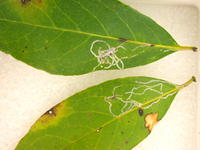
| Recorded by: J.B. Sullivan on 2021-03-12
Craven Co.
Comment: An unknown Marmara that feeds on Symplocos tinctoria. The mine eventually extends down the petiole and into the stem. |
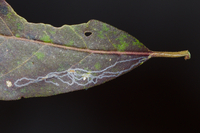
| Recorded by: Jim Petranka and Becky Elkin on 2019-11-21
Rutherford Co.
Comment: On Symplocos tinctoria. The larva initially mines the epidermis, then moves into the major veins, then into the petiole and stem. Probably an undescribed species. | 
| Recorded by: Jim Petranka and Becky Elkin on 2019-11-21
Rutherford Co.
Comment: On Symplocos tinctoria. The larva initially mines the epidermis, then moves into the major veins, then the petiole and stem. |
|

 »
»



 »
»

